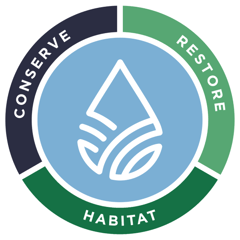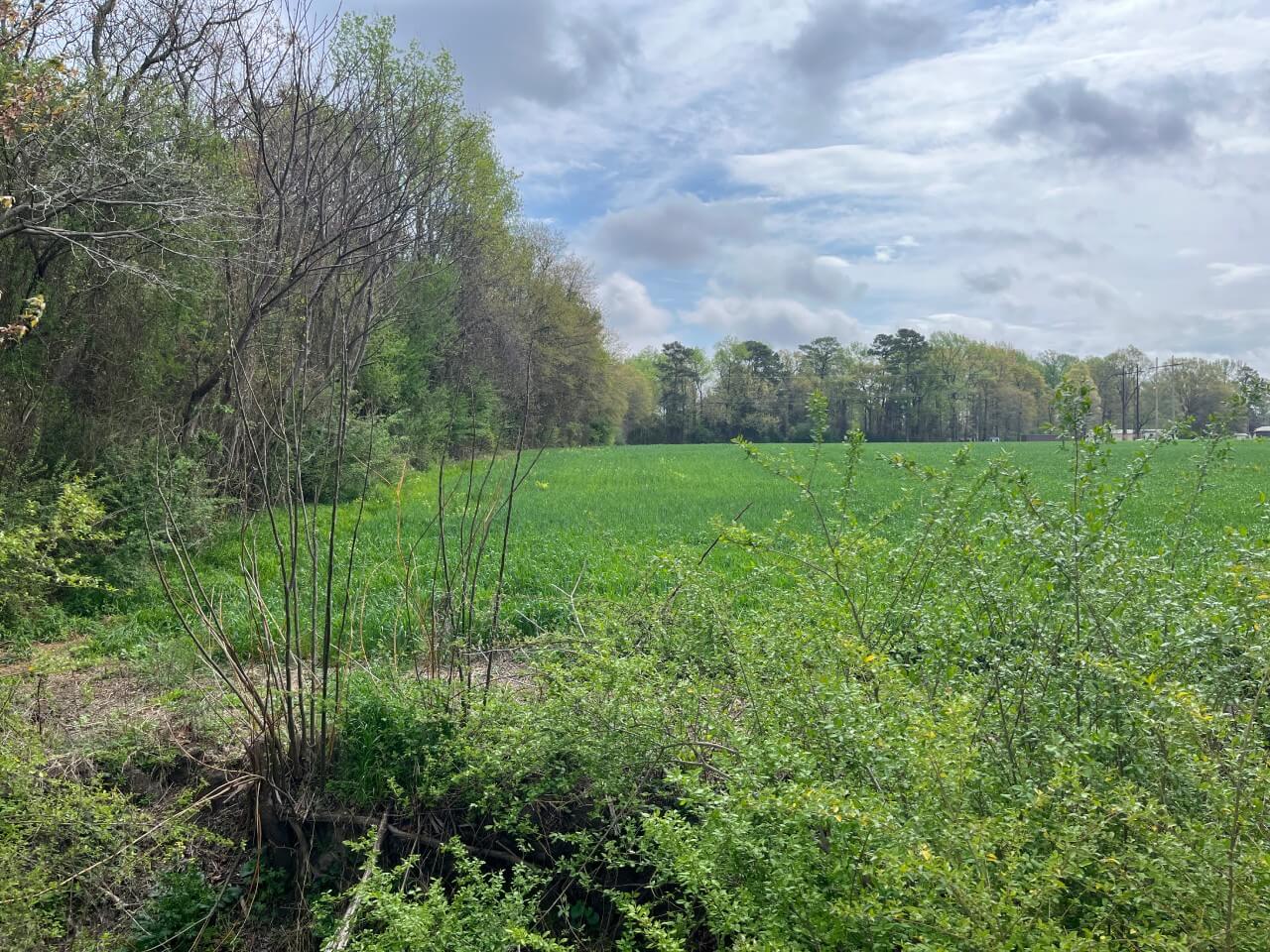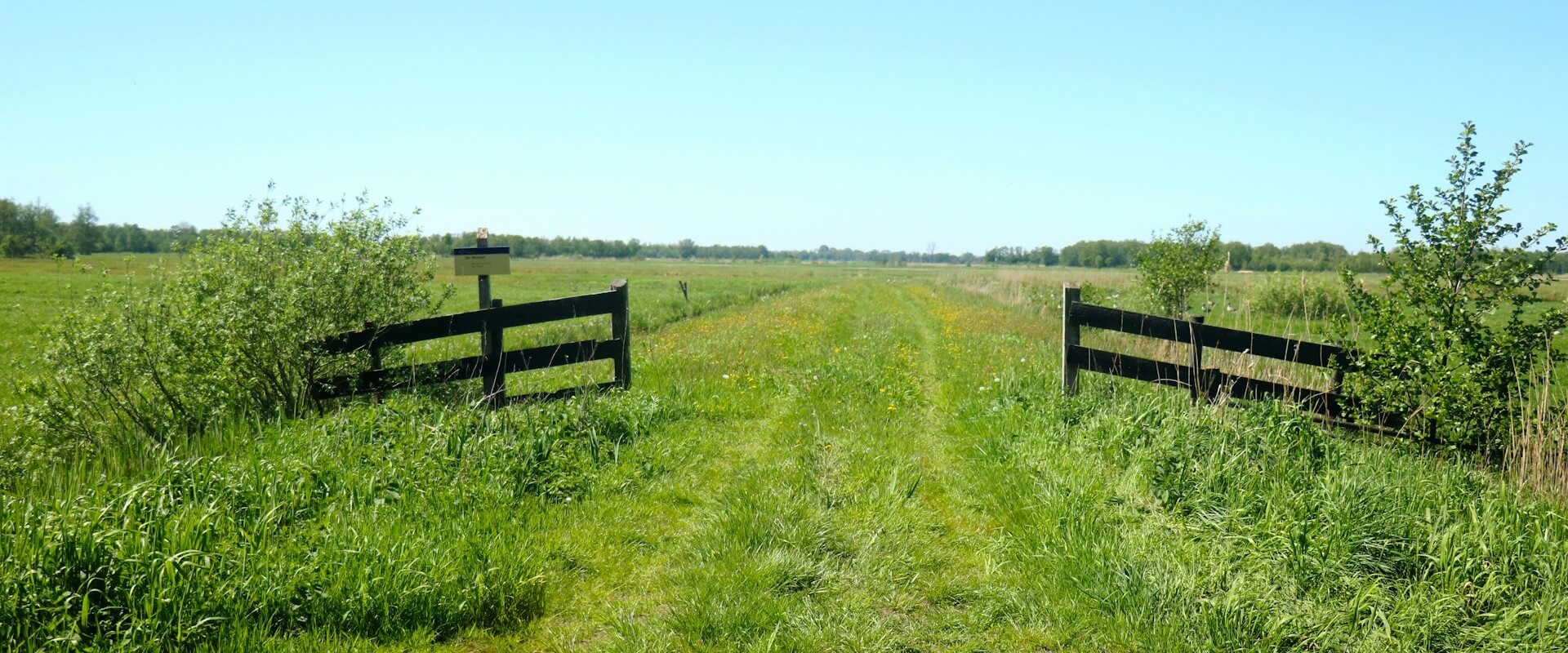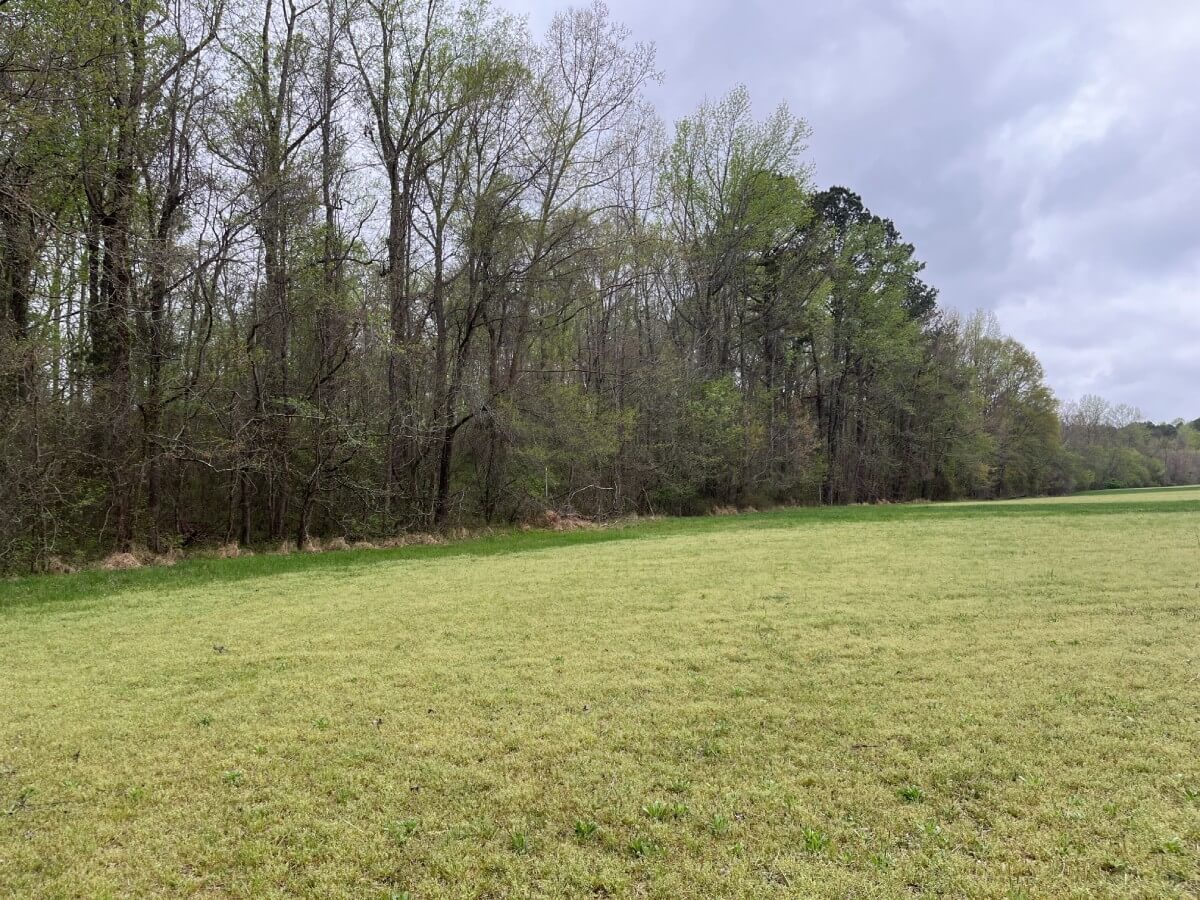Total Acres
24.3
Project Year
2022
Located in Wayne County North Carolina
The Cox Pond Conservation Easement is a 24-acre mitigation project by Wildlands Engineering Inc in Wayne County, North Carolina, designed to restore riparian buffers and improve water quality in the Neuse River Basin. The project, developed under the Cox Pond Mitigation Bank, is focused on nutrient offset and riparian buffer mitigation, ensuring long-term conservation and environmental restoration. The site, previously used for agricultural purposes, included crop fields and areas subject to animal waste application.
By converting these areas into protected riparian buffers, the project aims to reduce nutrient and sediment runoff, enhance terrestrial and aquatic habitats, and improve stream stability.
The easement establishes a 200-foot-wide buffer along four tributaries and three ditches, filtering pollutants before they reach downstream water bodies, such as Brooks Swamp, Thoroughfare Swamp, and the Neuse River. One of the primary benefits of this project is its ability to generate buffer and nutrient offset credits. Developers and municipalities seeking to offset environmental impacts can purchase these credits to comply with state and federal water quality regulations. The project aligns with North Carolina’s Nutrient Sensitive Waters (NSW) management strategies, ensuring that conservation and development can coexist sustainably.
By securing the Cox Pond site under a permanent conservation easement, this project protects critical riparian areas, supports native vegetation restoration, and promotes long-term environmental resilience. This initiative represents a significant step toward balancing land use with water quality protection and ecosystem restoration in the Neuse River Basin.
Mitigation Partner
Our Role
Conservation Easement Grantee
Mitigation Type
Nutrient Offset & Buffer
About the Author
Michael brings nearly 20 years of experience to his role as Trusted Conservation Advisor at Unique Places to Save. He has worked to conserve over 200,000 acres across the U.S. while securing over $200M in funding and transacting $500M in land and other real estate.
Learn MoreWe are a trusted non-profit partner for mitigation banks seeking high-quality conservation projects
Learn More







